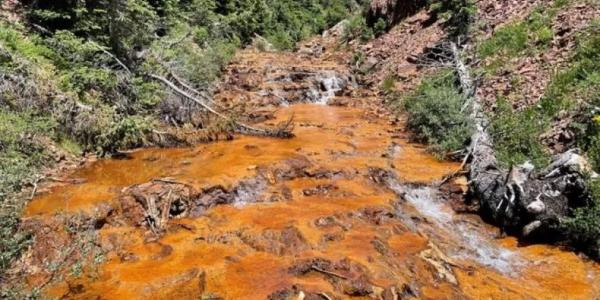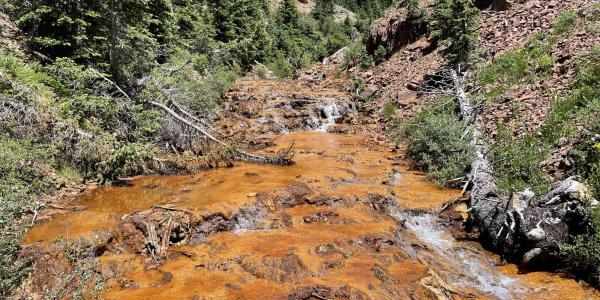 Renowned climatologist Pieter Tans has joined INSTAAR as a Fellow Emeritus. Tans will be working with colleagues at INSTAAR to continue investigations of atmospheric carbon and climate change.
Renowned climatologist Pieter Tans has joined INSTAAR as a Fellow Emeritus. Tans will be working with colleagues at INSTAAR to continue investigations of atmospheric carbon and climate change.
Since the 1970s, Tans has investigated the complexities of the global carbon cycle. A number of his discoveries have had a foundational impact on how we measure and understand changes in our climate.
Tans led the National Oceanic and Atmospheric Administration (NOAA) Carbon Cycle Greenhouse Gases group from 1985 until 2019. The group maintains what is now called the Global Greenhouse Gas Reference Network (GGGRN), producing near-real time data of the highest quality about greenhouse gases in our atmosphere. The data are freely available to all. The group’s global measurement and modeling systems keep track of sources and sinks of atmospheric carbon dioxide, methane, nitrous oxide, sulfur hexafluoride, and other gases.
Tans and the Carbon Cycle Greenhouse Gases group has had a long-standing, close partnership with the INSTAAR Stable Isotope Laboratory that has helped unravel the contribution of different types of sources to observed trends in atmospheric greenhouse gases.
A similar partnership with INSTAAR’s Laboratory for AMS Radiocarbon Preparation and Research has helped establish the ratio of radiocarbon, or carbon-14, to total carbon in atmospheric carbon dioxide. These measurements uniquely separate the recent emissions of fossil fuel carbon dioxide from other sources.
Now retired from NOAA, Tans has become a Fellow Emeritus at INSTAAR to continue working with these groups.
AMS Radiocarbon Lab director Scott Lehman says, “I'm thrilled to see Pieter's longstanding collaboration with INSTAAR recognized in this way. His work expanding the number and breadth of atmospheric observations of greenhouse gases, on carbon isotope systematics, and in atmospheric transport modeling have fundamentally changed our view of the global carbon balance and the factors controlling the uptake and release of CO2.”




